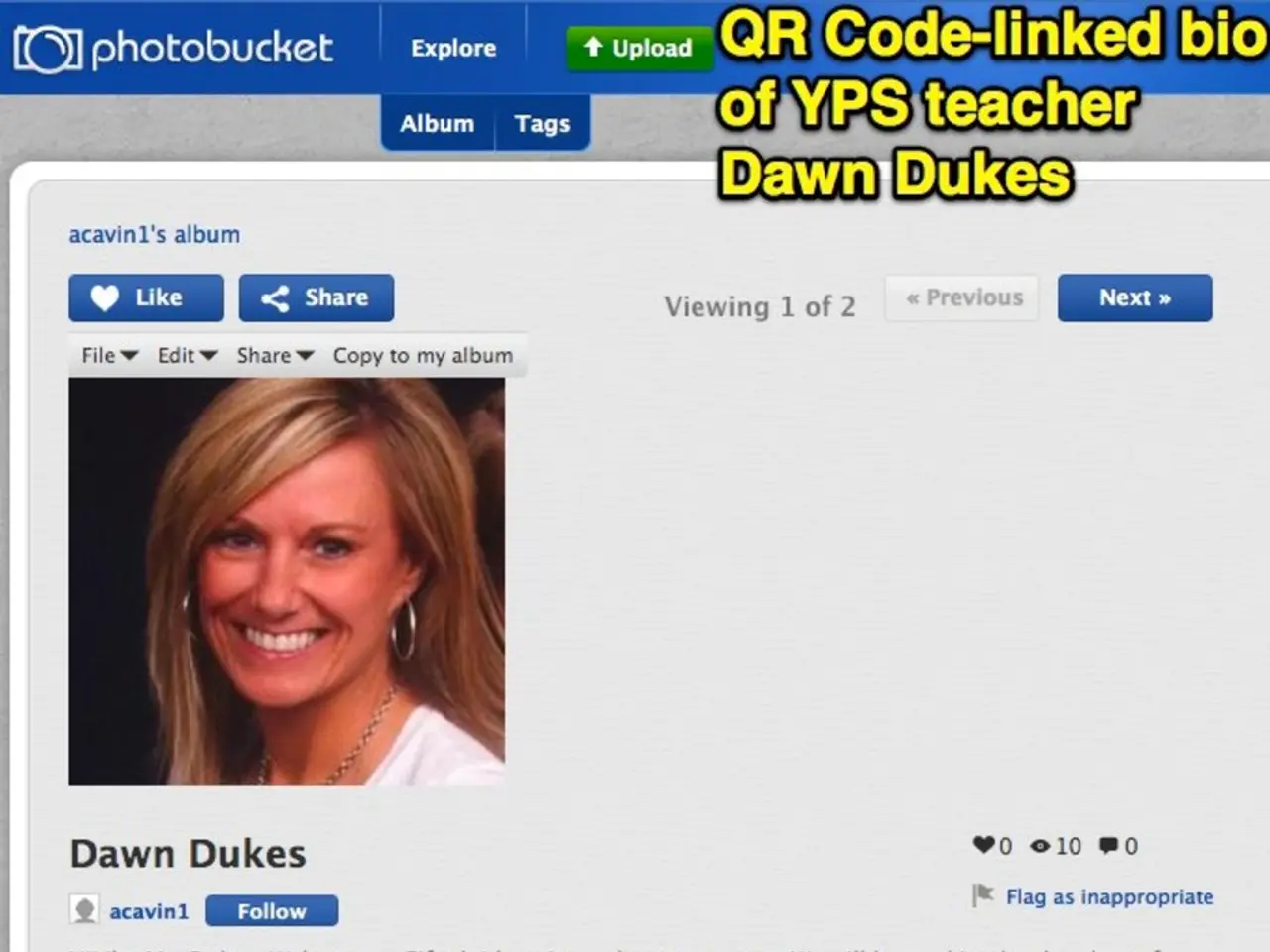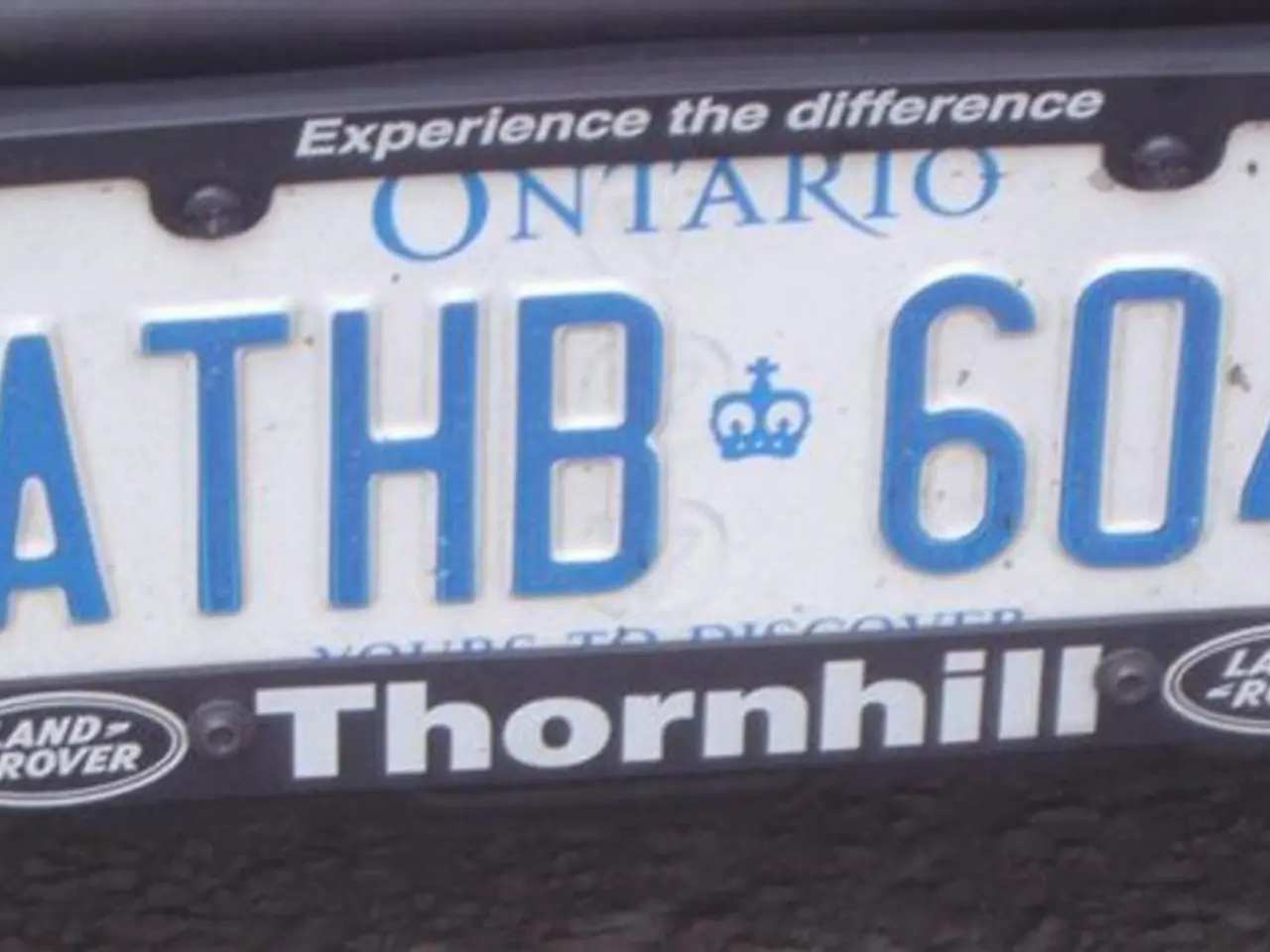Social Media Platforms: A 2025 Comparison
Newsworthy Event: Tarring of a Remarkable iPhone Model
Wanna know what's cookin' in the social media world of 2025? Let's break it down:
- MAU: ~2.9 to 3.07 billion
- Purpose: Social networking, content sharing, community building
- Buzzwords: Groups, Marketplace, targeted advertising, Facebook Watch
- Who's Hangin' Out: Folks craving connection, messaging friends/family
- Messenger (powered by Facebook)
- Estimated users: Over 1.3 billion
- Function: Instant messaging, voice/video calls
- Features: Chat, voice/video calls, group messaging, Facebook integration
- The Gossips: Personal and group communications
- Twitter (X)
- Estimated users: Around 450 million+ ( estimates vary)
- Focus: Real-time news, activism, microblogging
- Trending Topics: Tweets, threads, hashtags, embedded feeds
- Hangouts: Informed folks, activists, and public conversations
- MAU: Approx 450 million+
- Idea Exchange: Visual discovery, inspiration, shopping ideas
- Vibes: Pins, boards, visual search, shopping integrations
- Crowd: Creative minds, explorers of niche interests like DIY, fashion, recipes
- MAU: ~900 million+
- Pro Arena: Professional network, job searching, B2B
- Highlights: Profiles, posts, job listings, endorsements, LinkedIn Learning
- Networkers: Professionals, job seekers, and businesses
- MAU: ~2 billion+
- Chat Central: Instant messaging app
- Connectivity: Text, voice & video calls, group chats, end-to-end encryption
- Chat Spots: Personal, group communication worldwide
- Users: Billions worldwide
- Communication: Direct, formal/business messaging
- Tools: Email clients, newsletters, attachments
- Hotspots: Personal and professional use
The Tea on Each Platform
Facebook dishes up broad social networking, serving as a hub for connections, community building, and content sharing. It's a flexible platform that caters to a variety of users and marketers due to its mix of text, photo, video, and marketplace features [1][5].
Messenger, Facebook's ace messaging app, is all about private chats and calls. Its massive user base often overlaps with Facebook users, emphasizing personal conversations [5].
Twitter (now X) shines a spotlight on real-time public conversations, news, and social/political activism, attracting a highly engaged user base, although smaller in number compared to others [4].
Pinterest delivers visual discovery and inspiration, making it unique as it targets users seeking creative ideas and shopping inspiration [2][4].
LinkedIn caters to a professional audience, focusing on career networking, business news, and job hunting, standing out from more casual social platforms due to its more closed and professional environment [4].
WhatsApp dominates the global messaging scene, stressing private and group communications, complete with strong encryption. It's widely used for personal chats but is growing in business communications, especially with WhatsApp Business tools [1][5].
Email is the OG comms tool, essential for both personal and professional use. Though not a social media platform in the traditional sense, it plays a crucial role in direct marketing strategies, newsletters, and business correspondence, ensuring a formal and controlled communication channel.
User Behavior & Content Engagement
- Facebook users chat primarily with friends and family (72.1%) [2].
- Pinterest thrives on personalized discovery-driven use and visual content engagement [2].
- Twitter users engage in real-time updates and social/political conversations [4].
- LinkedIn users focus on professional content, networking, and career development [4].
To Wrap It Up
Each platform addresses distinct user needs and content types:
- Facebook and Messenger: provide an awesome social connectivity experience with messaging capabilities.
- Twitter (X): serves as the platform for real-time public discourse.
- Pinterest: earns the title for visual inspiration and ecommerce discovery.
- LinkedIn: stands out as the professional network focused on career and business.
- WhatsApp: rocks the communication scene with its global dominance in text and voice communication.
- Email: remains the fundamental tool for formal and direct communication.
Marketers and users choose their platforms based on these differences, maximizing reach, engagement, and communication effectiveness in 2025 [1][2][4][5].
[1] Stats and history of Facebook[2] Stats and history of Pinterest[3] Stats and history of Twitter[4] Business Insights for Social Media Marketing[5] Stats and history of Facebook and Messenger
Here are two sentences that contain the words 'gadgets', 'smartphones', and 'technology':
- In the world of 2025, smartphones serve as essential gadgets for accessing various social media platforms, enabling users to connect with friends, family, and the wider global community.
- Among the numerous technological advancements of 2025, one of the most prominent is the increased integration of artificial intelligence and machine learning features into smartphones, enhancing user experiences across multiple apps, including popular social media platforms.




